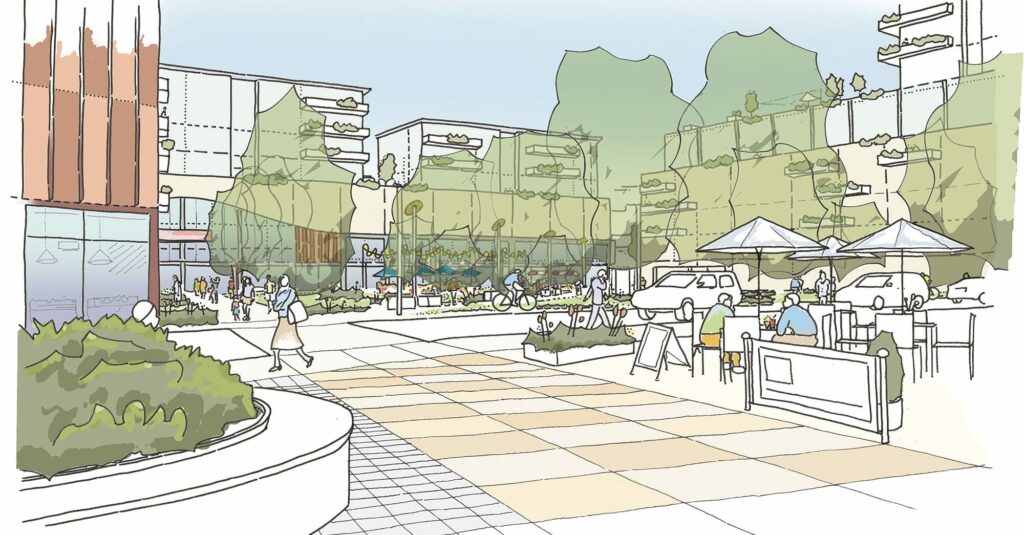Following Part 1 published last week where we introduced the NZGBC and outlined our early involvement and renewed commitment to the Council, Part 2 gives a brief history, along with our experience of tenant/end user perspectives over the years.
Founded in 2005, the New Zealand Green Building Council became a member of the World Green Building Council a year later. It was only the sixth GBC in the world at that time. Today, there are more than 100 Green Building Councils working in regional networks – New Zealand being part of the Asia-Pacific network.
One key way that GBC helps educate the market and encourage better building practice in NZ is by using rating tools to endorse buildings that reach a level of sustainability. This timeline shows the evolution of this suite of tools:
- 2007: Green Star Office Design is launched and the first two buildings rated – the Meridian building in Wellington which we were involved with – and 80 Queen St in Auckland
- 2008: Green Star Office Built added (rating for design and construction)
- 2009: Green Star expanded to include tools covering education buildings, industrial and interiors
- 2010: Launch of Homestar, a residential tool to provide a comprehensive rating system for homes
- 2012: BASE is launched – the more accessible green building rating system specifically for Christchurch’s commercial rebuild
- 2013: NABERSNZ is launched – the energy rating tool licensed to the Energy Efficiency and Conservation Authority
Since NZGBC was founded back in 2005, it’s hard to believe that more than 10 years have passed since we saw the first waves of interest in sustainability in NZ – including a focus on green buildings.
At that time, ‘all things green’ were front-of-mind – buildings being no exception! The mid-2000’s marked renewed interest in environmental issues, global warming and the need for conservation. The world had woken up to the risks that continued globalisation, pollution and unsustainable practices could have on the planet. Sustainability was increasingly a topic of conversation and public interest, coinciding with the release of Al Gore’s controversial documentary in 2004, An Inconvenient Truth.
So where did green buildings come from?
Despite the views of some sceptics, green buildings didn’t come from Mars! In line with the worldwide focus on sustainability, interest in green buildings developed on the back of international research and emerging best practice in many European countries.
This eventually saw owners and tenants in NZ talking about ‘green buildings’ for the first time… and the reaction from major tenants and landlords, as well as the professional advisory community, was mixed:
- Many major tenants – in particular government tenants – started asking questions about the new buildings they were leasing, how they were designed, the materials specified and energy performance and features
- Some major owners saw a potential competitive advantage in providing ‘greener’ buildings which would attract tenants and even command higher rentals and lower yields – and therefore started to adopt green features and market ‘green’ as an added value benefit
- Many engineering and architectural professionals started to promote the benefits of green buildings and offer sustainability advice to owners and tenants. As a result, we saw some projects as early adopters of green technology, such as daylight and rainwater harvesting, chilled beam HVAC, solar heating, grey water/water reuse and sustainably harvested materials, recycled content, NZ content across the building fabric, building services and fitout and furniture elements
At the other end of the spectrum were the sceptics. These included landlords, tenants and others in the property sector in general who considered green buildings an over-reaction and an uneconomic cost premium. Raising these types of issues with landlords was breaking new ground, with many traditional landlords and institutional owners reluctant to adopt any new features or listen to tenants on the design of their buildings!
I believe the early years were very much a learning process for the industry. From a tenant perspective, it has been about understanding where they should focus their efforts and get best value for money, rather than being too prescriptive or ideological in their needs.
Over time, we’ve seen a relaxing of some of the prescribed thinking initially adopted by tenants and a more practical focus on what makes a difference to ‘quality of life’ within a building – while also saving money and making sense. This is the pragmatic approach we have generally used at TwentyTwo to give considered, independent advice to our clients.
So, this first decade has really been about the adoption of green technology as a standard offering for new – and more recently refurbished buildings – along with an increase in overall building quality over the same period.
Part 3 will focus on the future of NZGBC and what it offers organisations, plus tools like NABERSNZ and the Performance Leasing Guide.
NZGBC is celebrating World Green Building Week this week with events in Auckland, Wellington and Christchurch. Find out more about these events.



